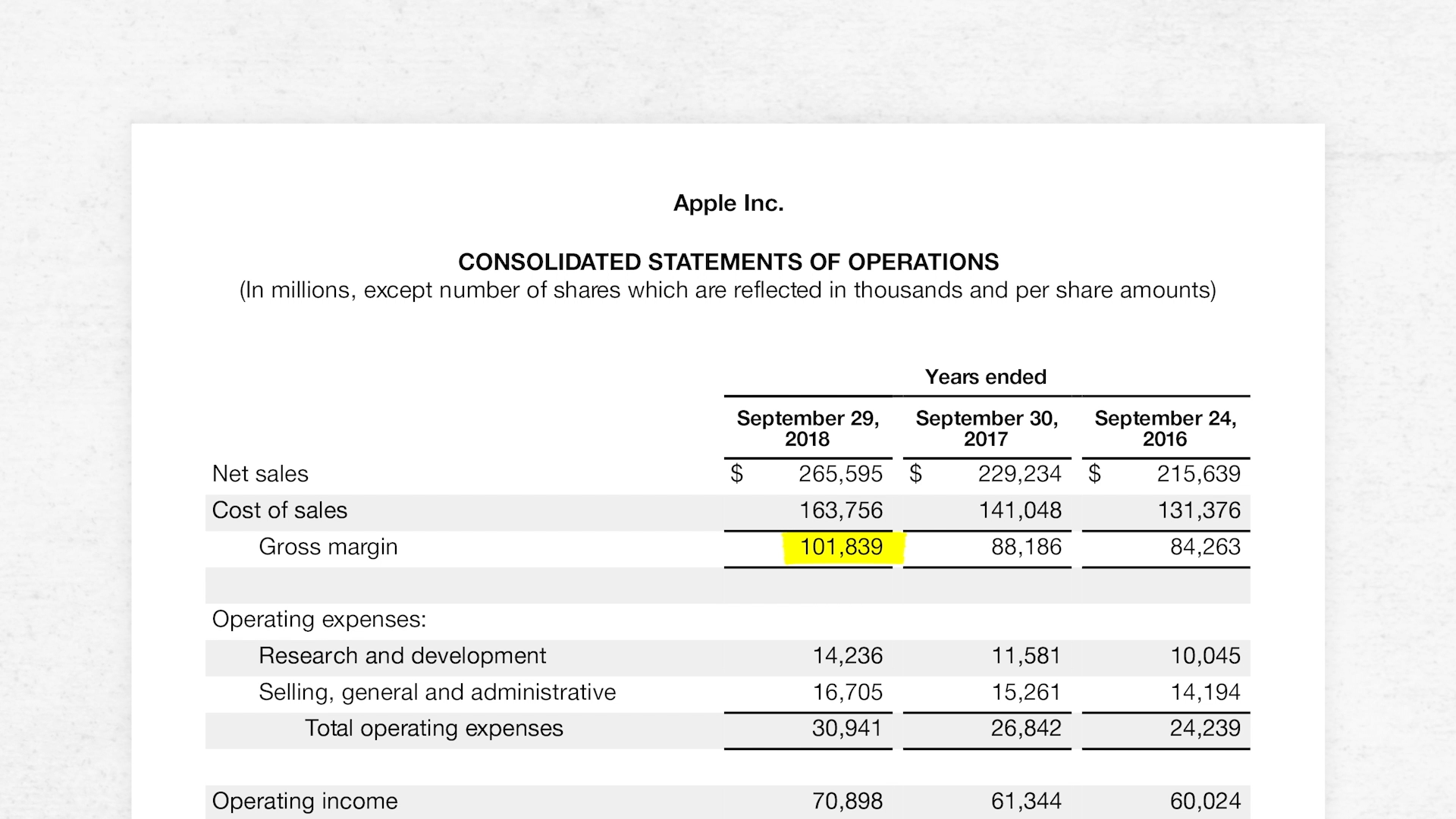

Inflation and taxation must be figured into long-term strategies. A chunk of your million belongs to the tax man. Plus, if your $1,000,000 is in a traditional IRA or some other qualified retirement plan, withdrawals are taxed at ordinary income rates at the federal level, and potentially, at the state level depending on where you live. It takes $2,210,000 to buy what a million dollars did in 1986. What about future buying power? It takes $1,570,000 dollars to buy what a million did in 1996, a mere 20 years ago. But if you plan to live off of your nest egg for 20 to 30 years in retirement, perspective is warranted. Having $1 million in financial assets is a feat, something billions of people on our planet can only dream of. Approximately 61% of the global HNWI population resides in four countries: USA, Japan, Germany, and China.

Per a Capgemini World Wealth report, approximately 4.45 million people in the U.S. Donald Trump came in at 156, with a net worth of $3.7 billion. CEO Jeff Bezos came in 2 nd at $67 billion. Bill Gates topped the list at $81 billion. In 2016 it took a minimum of $1.7 billion to make the cut on the FORBES 400 list. An investor with less than $1 million but more than $100,000 in savings may be considered “affluent,” but in some circles, “sub-HNWI.” Investopedia pegs the upper end of HNWI at $5 million, at which point one becomes a“ very HNWI.” Over $30 million, congratulations, you are a “ultra HNWI.” Offers generally are made by prospectus which should be reviewed carefully to understand all cost and risk factors.Īccording to Investopedia, the most common definition of high net worth is $1 million in financial assets. Nothing in this commentary should be construed as an offer to buy or sell a security. Separately managed equity or fixed income investment accounts often have minimum investment amounts of $100,000 per account. Some investments may have minimum investment thresholds of $25,000 to $50,000 or more. Regulators want to be sure that the investor has the net worth to handle lack of liquidity and potentially higher risk/reward ratios. These generally are private equity type investments in real estate or other ventures that are not liquid and may require longer holding times. When a broker or financial planner talks about a “Reg D” investment, he or she means an investment available only to accredited investors that meet the above requirement. For example, the Securities Act of 1933, Regulation D, defines an accredited/qualified investor as one with an annual income of at least $200,000 in each of the past two years ($300,000 for joint income), or a net worth of at least $1 million, excluding a personal residence. The Greek philosopher Epictetus proclaimed, “Wealth consists not in having great possessions, but in having few wants.”įinancial services regulators and financial institutions generally define a high net worth individual (HNWI) as having liquid assets over a certain figure.

“How do you define ‘high net worth,’” he wondered? Net worth may be defined in subjective terms, as may be wealth. The question asked by the client seemed simple enough.


 0 kommentar(er)
0 kommentar(er)
